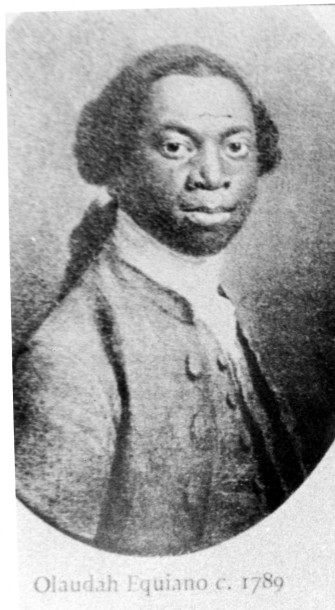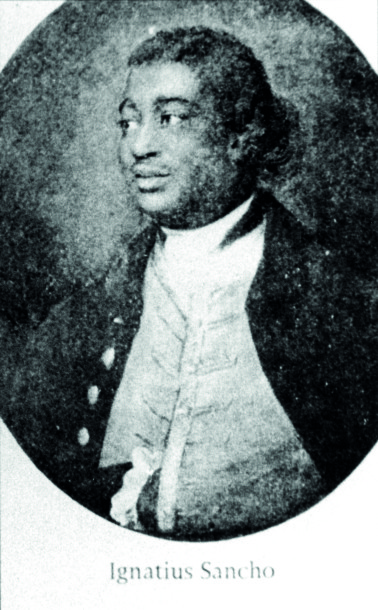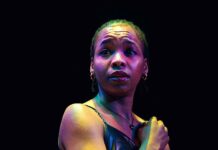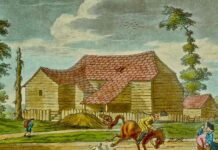On Friday 9 October a new exhibition opens at the Black Cultural Archives. ‘Black Georgians: the Shock of the Familiar’ promises to shed new light on the black presence in Britain from 1714 to 1830.

“British society starts to look familiar to us in the 18th century,” says Steve Martin, local historian and curator of the new Black Georgians exhibition at the Black Cultural Archives (BCA). It’s when manners, language and the built environment become recognisable to present-day observers, as well as a rise in visible minority populations and debates about immigration, repatriation, and social mobility.
The BCA wants to take visitors back to this apparently well-documented period of history and cast a new light on it. The subtitle of their new Black Georgians exhibition is ‘The Shock of the Familiar’ – the shock in this case being first and foremost the number of black people living in Britain in the 1700s.
National curriculum history and our TV diet of costume dramas have left us with a monochrome perception of 18th century Britain; when you conjure a street scene from Georgian London in your mind’s eye does it contain any non-white faces? The BCA’s new collection paints a much more diverse picture of Georgian Britain than the one we might expect.
“Blackness and Britishness are never seen as co-existing,” says Steve, “there aren’t any stories in either community that we tell about this past, although it informed our culture then and today.” Much of 18th century street slang contained black words, he says – such as the Jamaican ‘bumbo’, used by white working-class Londoners (I’ll let you look it up if you don’t know what it means).

The bulk of the exhibits come from Leslie Braine-Ikomi, a leading collector of art portraying the black presence in Britain pre-1948. The extent of social mobility for people of all races depicted in Georgian Britain may be another surprise for visitors: “The great thing about [Leslie’s] collection is that you get snapshots of people in all stages of life, from beggars and sailors to writers and landowners,” explains Steve.
So what was it like being black in Britain in the 1700s? “There’s no typical experience,” says Steve, “but a feeling of alienation would have run across black people of all social ranks.” It’s impossible to compare, for example, the experience of writer and composer Ignatius Sancho with that of a teenage runaway living from hand to mouth, but both would have experienced oppression on a daily basis.
The BCA’s bold retelling of the narrative of minorities in Britain will challenge preconceptions of our cultural history, and help shape new perspectives on our past that may lead to a better understanding of the society we live in today. Well worth a visit.
‘Black Georgians: The Shock of the Familiar’ runs at the BCA from 9 October 2015 to 4 June 2016. The exhibition is open 10am to 6pm, Tuesday to Saturday and admission is free.








[…] a Windrush Day to celebrate the migrant contribution to the UK is an idea whose time has come. The Black Cultural Archives’ wonderful Black Georgians exhibition shows that the history of diversity in Britain goes back longer than we typically […]
Glad to see an inspiring exhibiting on the an untold history. I’ll be popping in soon.
SAD.